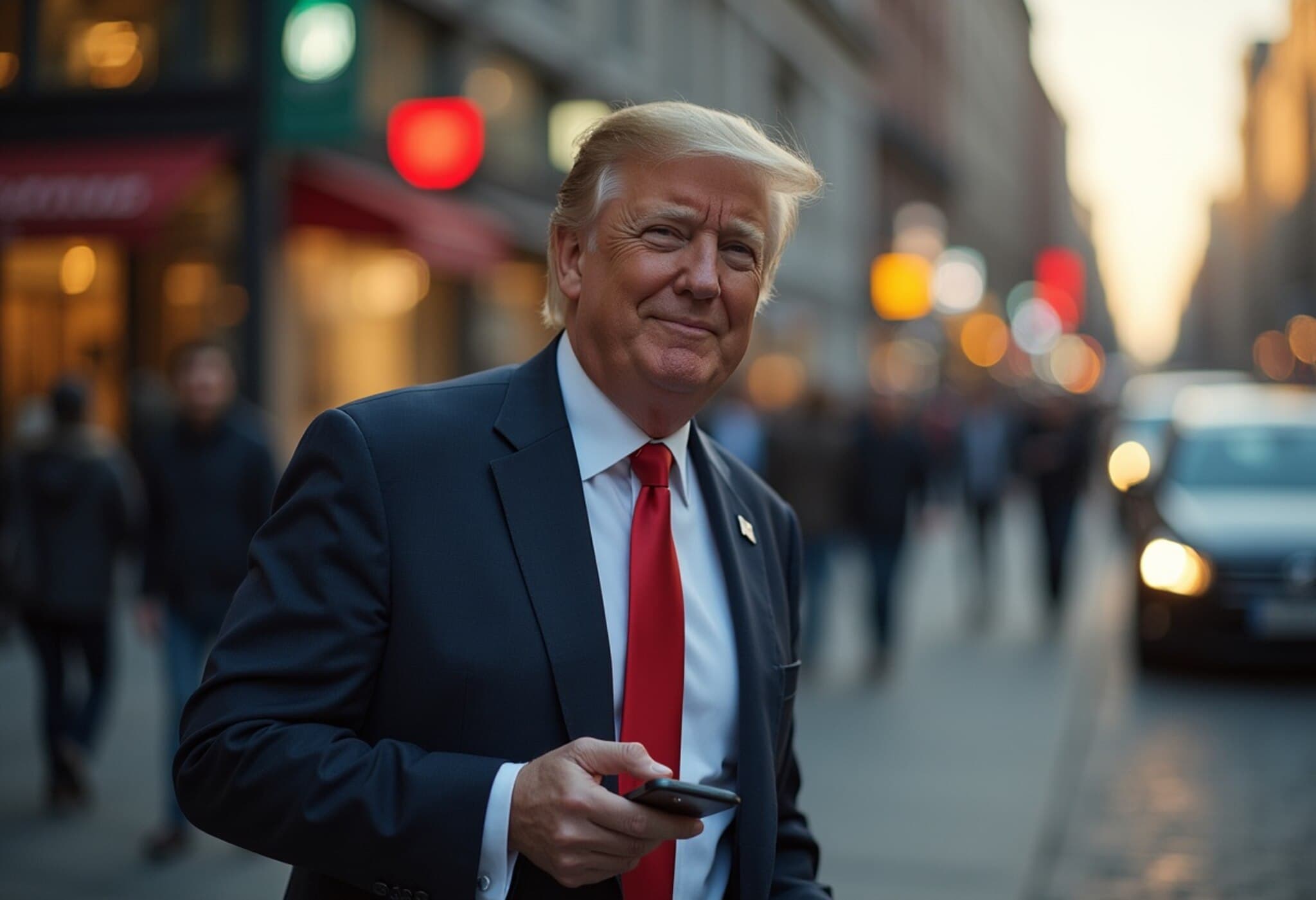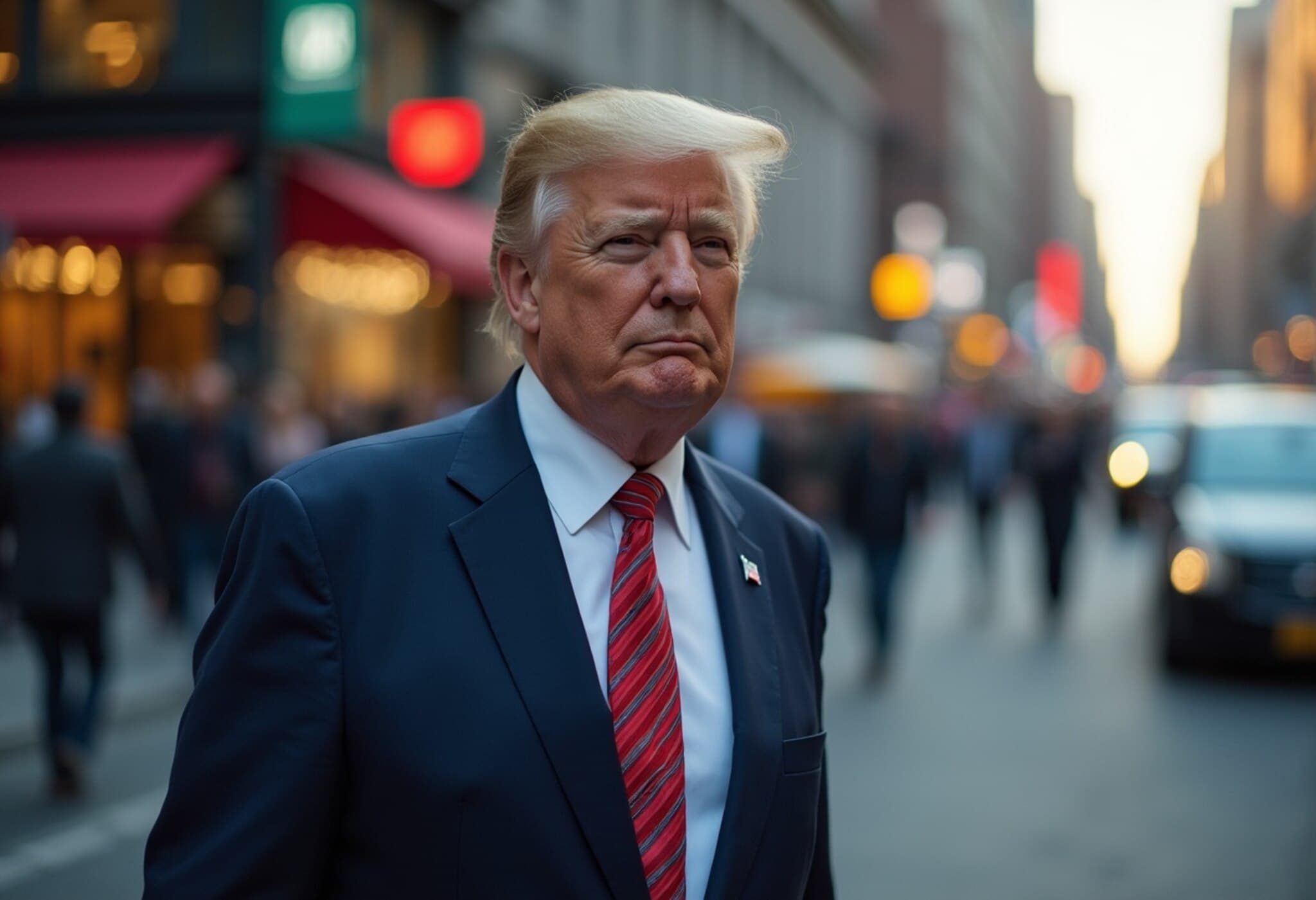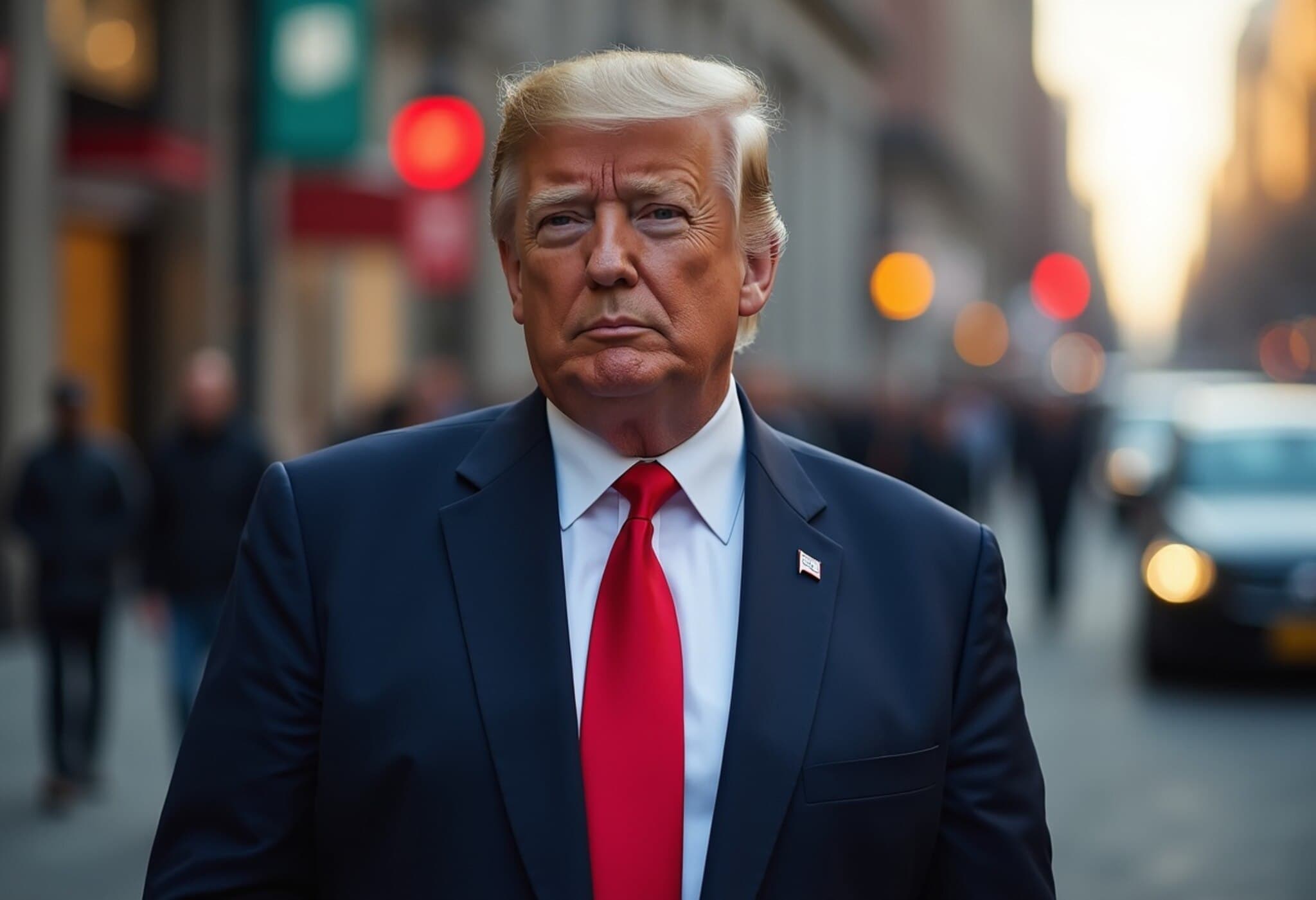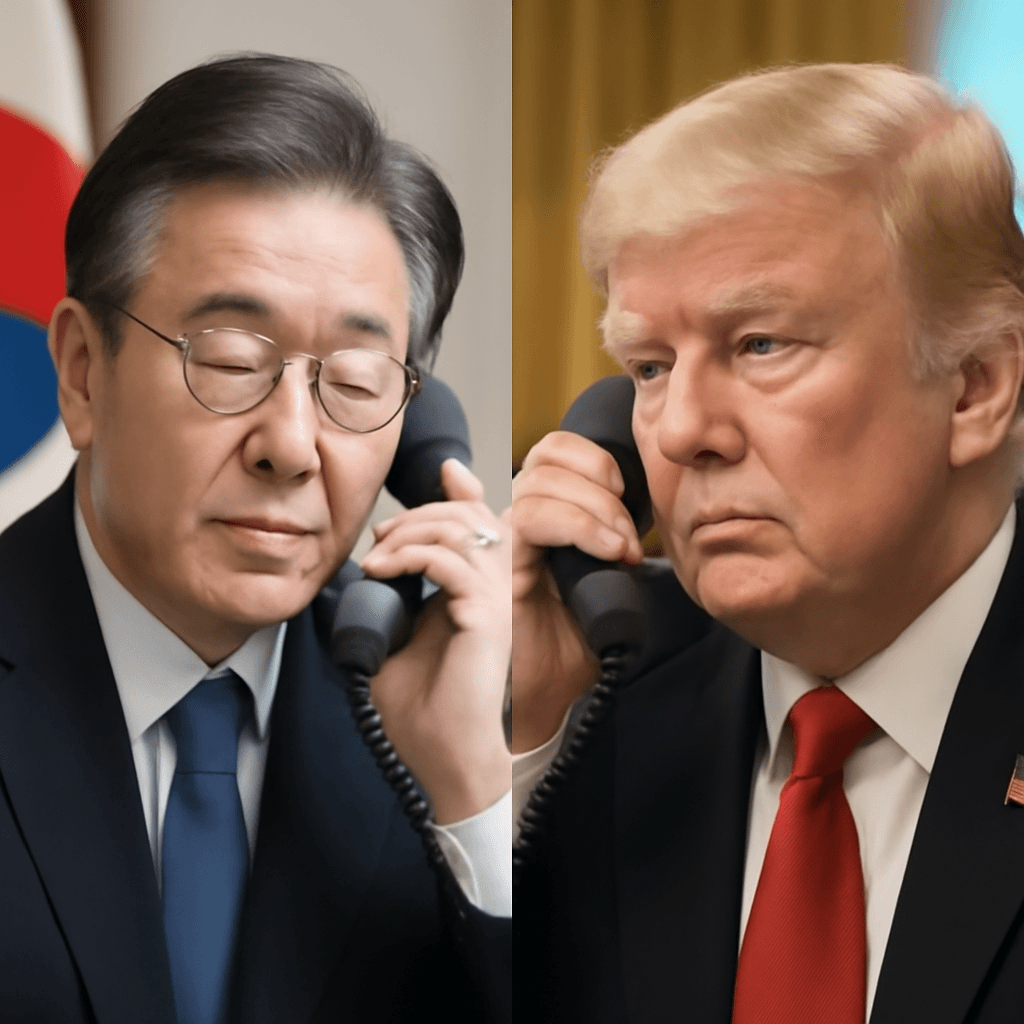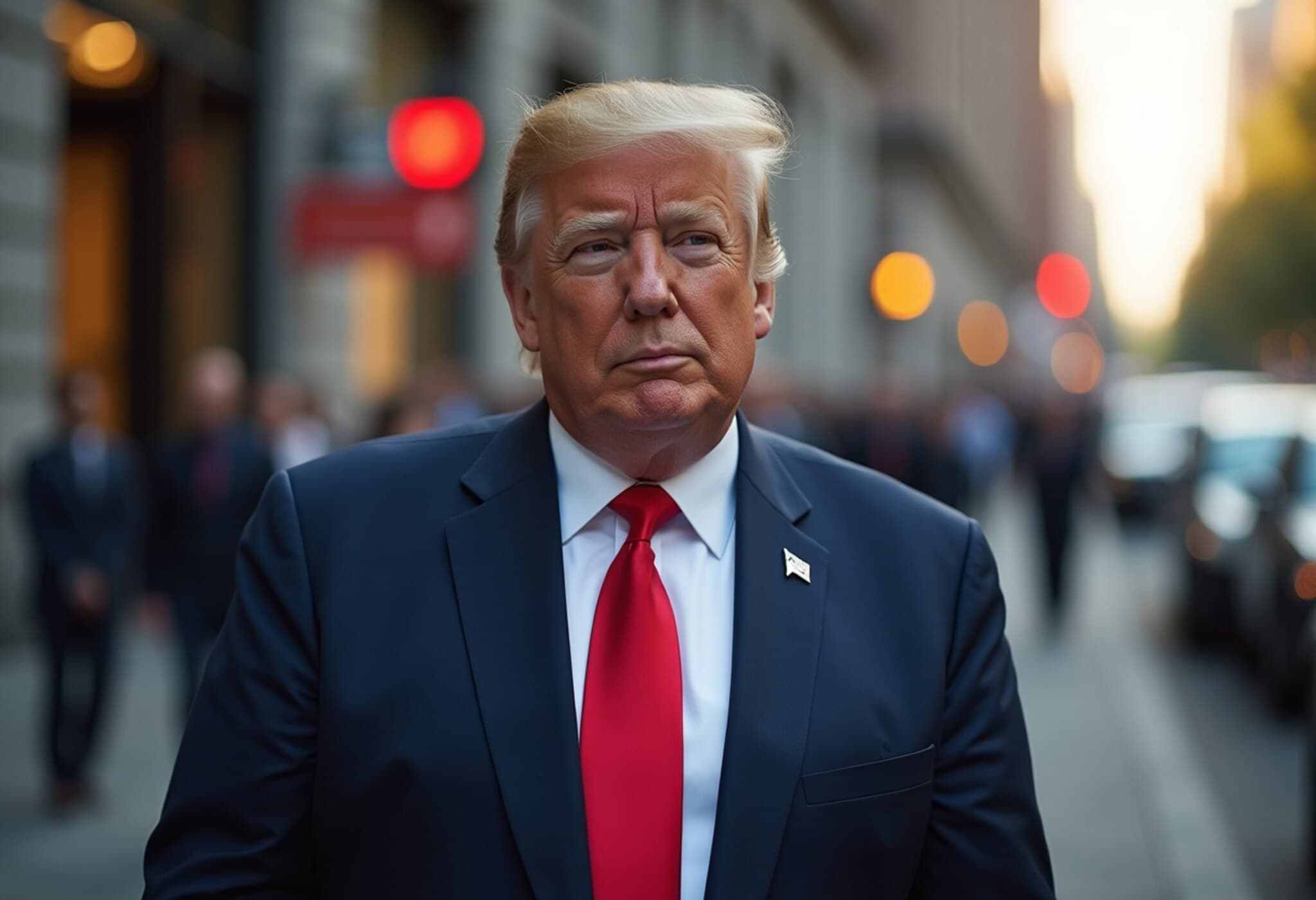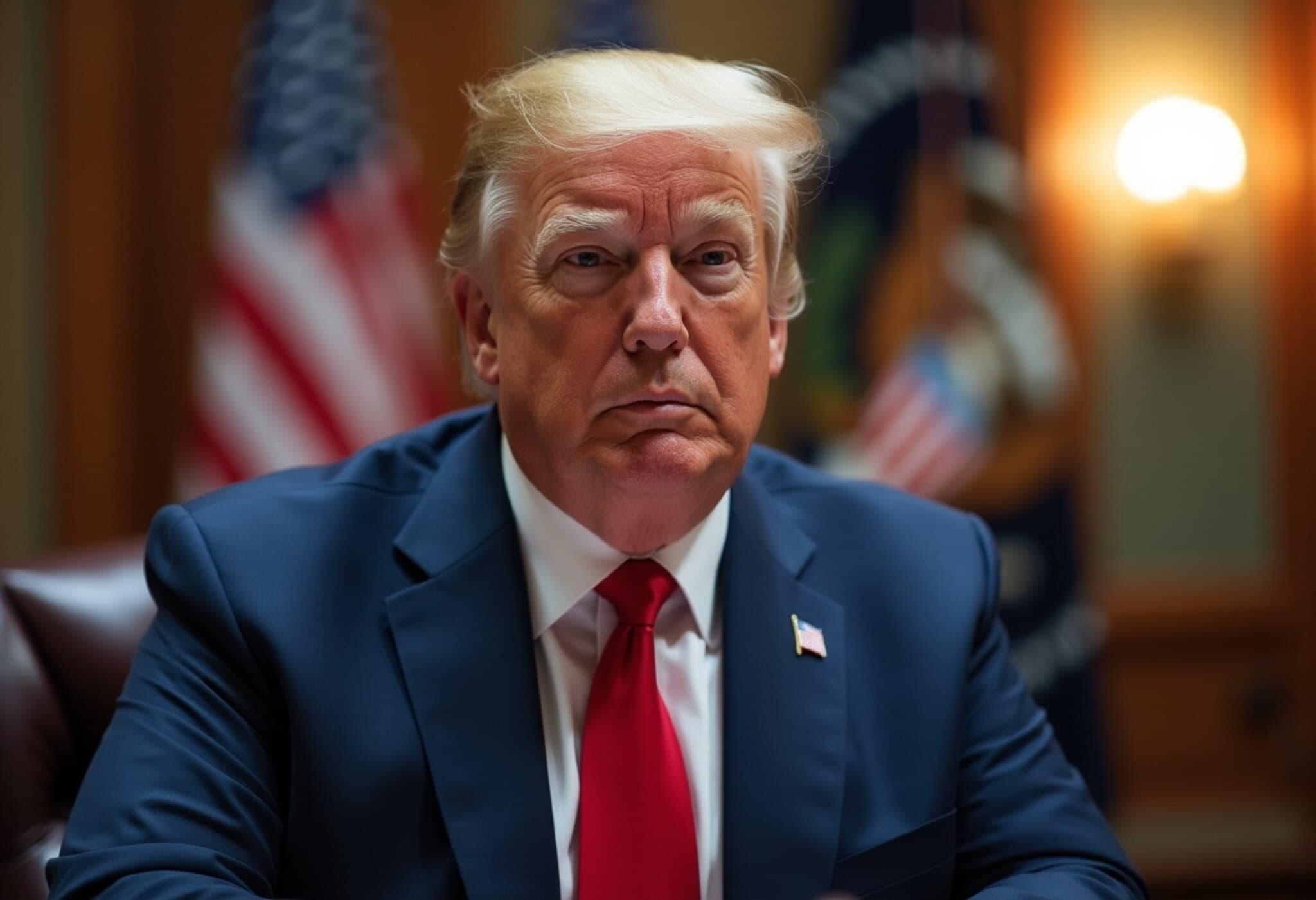Tariff Deadline Approaches as Markets Navigate Economic Uncertainty
With Aug. 1 fast approaching—the self-imposed deadline for new U.S. tariffs under President Donald Trump—investors find themselves balancing optimism from solid corporate earnings against the looming shadow of escalating trade tensions. Despite looming threats of higher tariffs, especially targeting the European Union, stock markets have exhibited surprising resilience in recent days.
Market Reaction: Calm Before the Storm?
Last week’s market performance revealed a subtle but telling dynamic. While the Dow Jones Industrial Average experienced a slight dip, both the S&P 500 and Nasdaq Composite advanced by 0.6% and 1.5% respectively. This calm reflects investors’ tentative confidence, fueled largely by encouraging corporate earnings reports.
Even reports suggesting that Trump seeks to impose tariffs ranging from 15% to 20% on European imports—significantly higher than previous U.S. proposals but still below the 30% initially threatened—sparked only muted market reaction. European leaders had been lobbying for lower tariffs, raising the stakes for transatlantic trade negotiations.
Strong Earnings Season Provides a Silver Lining
Corporate America has started the earnings season on a robust note, helping to offset growing tariff concerns. According to FactSet, approximately 83% of S&P 500 companies that have reported earnings so far have beaten analysts’ expectations. Notably, major financial institutions like JPMorgan Chase and Wells Fargo, considered barometers for overall economic health, delivered stronger-than-anticipated results.
The spotlight now shifts to the so-called “Magnificent Seven” tech giants—including Apple, Microsoft, and Alphabet—scheduled to reveal their earnings in the critical weeks leading up to the tariff deadline. These results could either reassure worried investors or exacerbate geopolitical anxieties about the future of global trade.
Expert Insight: Tariffs and Fed Stability
U.S. Commerce Secretary Howard Lutnick reiterated on Sunday that Aug. 1 remains a hard deadline for new tariffs, although he left room for ongoing trade discussions post-deadline. This stance highlights the delicate balancing act Washington faces between asserting trade policies and maintaining diplomatic flexibility.
Meanwhile, reports surfaced that Scott Bessent, a respected economic advisor, urged President Trump to retain Federal Reserve Chair Jerome Powell amidst speculation about leadership changes. The President publicly denied these rumors, emphasizing stability at the Fed during uncertain economic times—a critical factor for investors interpreting monetary policy amid trade volatility.
Looking Forward: Navigating Volatility and Opportunity
- Tariff implications: The exact structure and timing of tariffs could significantly affect global supply chains and corporate profitability, warranting close monitoring.
- Big Tech earnings: The upcoming reports from major technology firms could sway market sentiment and influence investor appetite for risk.
- Policy signals: Statements from U.S. policymakers on trade and monetary policy will be crucial in shaping expectations.
Underreported Angle: Impact on Small Businesses and Global Trade
While headlines focus on tariffs and large corporations, the subtle but profound effects on small and medium-sized enterprises (SMEs) and international supply chains often receive less attention. For instance, Irish distilleries like Skellig Six18 have experienced both opportunities and challenges in exporting premium spirits to the United States amid shifting trade policies and political uncertainty. This micro-level perspective underscores the real-world implications behind headline economic indicators.
Editor’s Note
As the Aug. 1 tariff deadline draws near, investors and policymakers alike confront a complex interplay between economic data, trade diplomacy, and monetary stability. The recent earnings season offers a hopeful counterbalance, yet hidden risks linger beneath the surface. Will upcoming tech earnings dispel anxieties or mask deeper vulnerabilities? How will tariff decisions ripple through diverse industries, from tech giants to boutique distilleries? The coming weeks will test markets’ resilience and adaptability, revealing lessons about the interconnectedness of global economics and politics.

